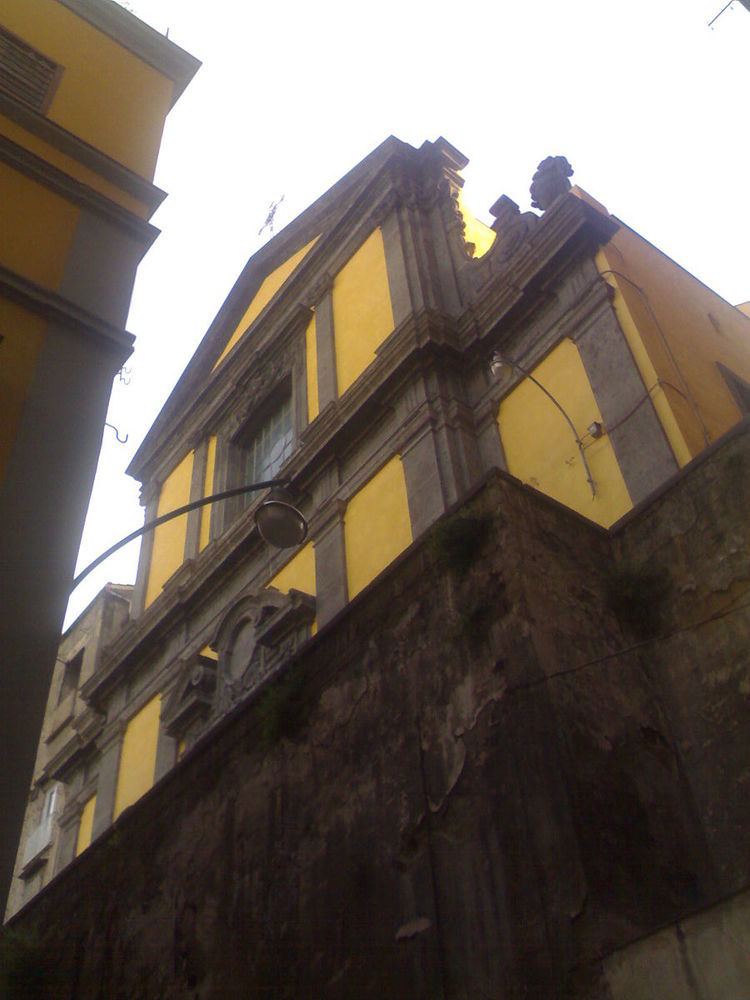Country Italy Consecrated 1653 Phone +39 081 544 2070 Architectural style Baroque architecture Groundbreaking 1603 | Denomination Roman Catholic Status Active | |
 | ||
Address Via S. Agostino degli Scalzi, 6, 80136 Napoli, Italy Similar Santa Teresa degli Scalzi, Gesù delle Monache, Santa Maria del Rosario a, Santa Maria della Stella, San Giovanni Battista d | ||
Santa maria della verita
Santa Maria della Verità (once called Sant'Agostino degli Scalzi or Santa Maria dell'Oliva) is a church in rione Materdei, in the quartiere of Stella of Naples, Italy. The entry is located on Via San Agostino degli Scalzi, number 6.
Contents
- Santa maria della verita
- Virginia state university gospel chorale cantano a viterbo nella chiesa di santa maria della verit
- History
- Interior
- References
Virginia state university gospel chorale cantano a viterbo nella chiesa di santa maria della verit
History
The church was originally attached to the Discalced Augustinians, who arrived in 1593 to Naples, and had settled in the adjacent convent in 1597. The church was built during 1603-1627 by Giovan Giacomo di Conforto (who was also architect of the church of Santa Teresa degli Scalzi). The church was restored in 1688 by Arcangelo Guglielmelli and Giuseppe Astarita. The church was the setting of scenes in the 1954 movie L'oro di Napoli by Vittorio De Sica.
Like many churches in Venice it was damaged by the Irpinia earthquake, and has been abandoned for years, during which artworks and marbles have taken away, some stolen. Restoration started in the year 2000, but the church is still in use and open.
Interior
The interior stucco decoration dates to the 17th century and the designs of Guglielmelli. Frescoes and canvases were painted by Massimo Stanzione, Giacomo del Po, Andrea d'Aste, Domenico Antonio Vaccaro, but some of the works have been transferred to the Museo di Capodimonte, such as canvases of Luca Giordano and Mattia Preti.
The sculptures in marble are by Bartolomeo Granucci and Nicola Mazzone, and stucco are by Giulio Mencaglia and Bartolomeo Ghetti, who also put together the main altar using a design by Guglielmelli. The pulpit was designed by Giovanni Conte, also called il Nano.
